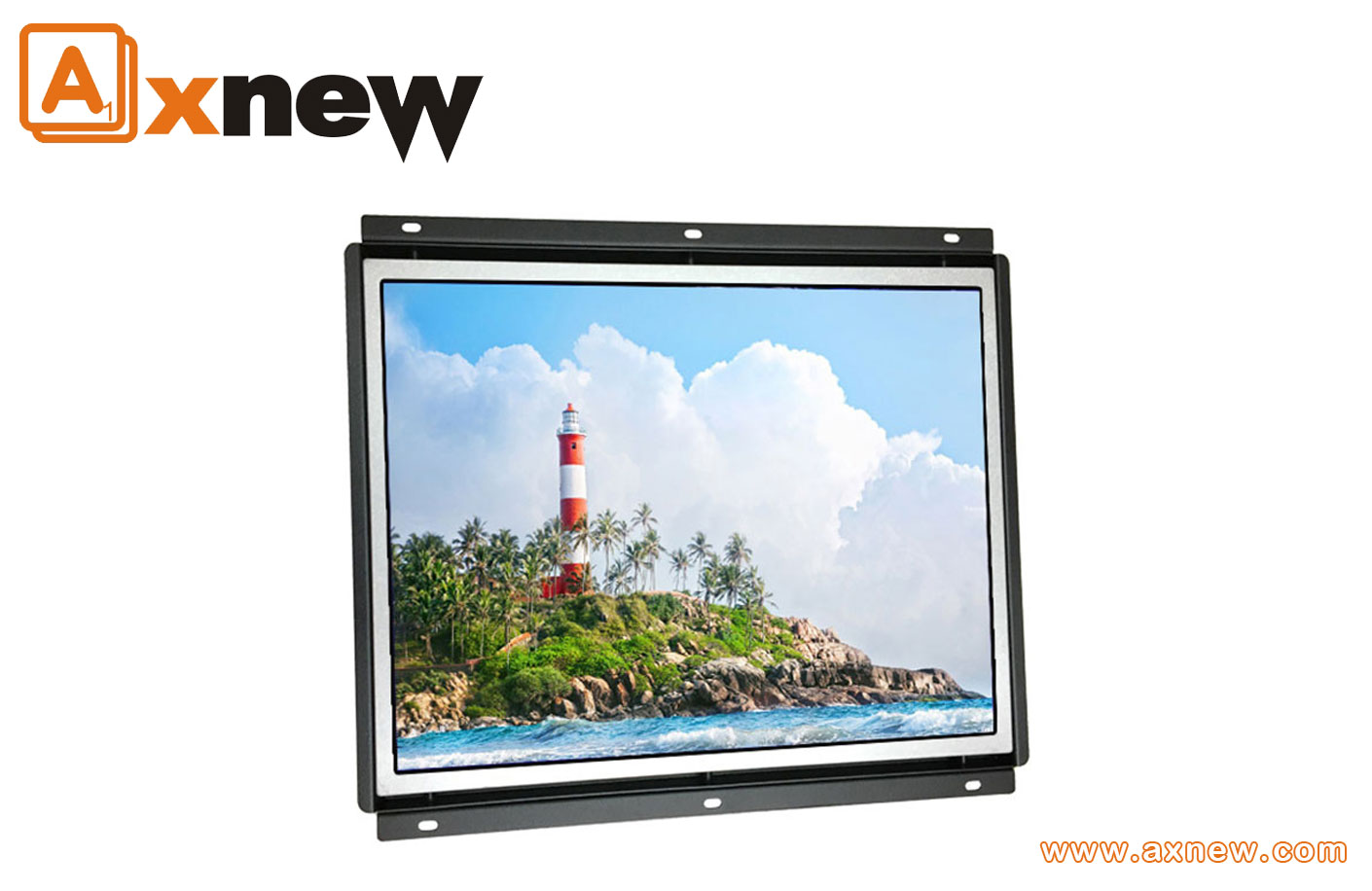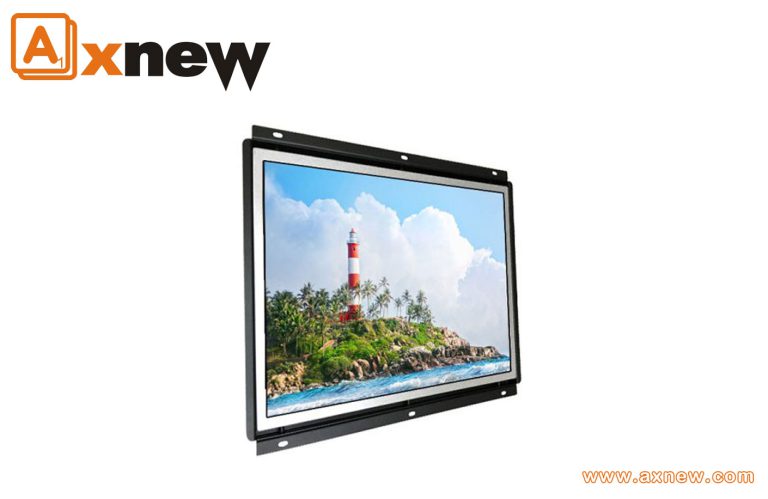How to choose a suitable industrial display? You can choose from multiple aspects such as color, brightness, viewing angle, configuration, and service life.
1. Color
In some industrial applications, special color information is more important than text or numbers. The percentage of NTSC color saturation that uses the measured color as a control is very important. In LCD products, the color saturation is completely dependent on the influence of the backlight. CCF backlight is a very popular technology, and can reach 70% and 80% of NTSC color saturation.
2. Brightness
Since most industrial panel computer monitors are used in indoor environments, the brightness is about 250~300cd/m2 (nits). LCDs with a diagonal size of 15 inches are more commonly used. However, displays of this brightness level cannot meet the requirements when used in the I industry environment. This is because the ambient light will be very strong, and its brightness can easily exceed the brightness of the LCD backlight. Moreover, touch screens are often used in industrial environments, which will reduce the brightness of the display and make it look darker. In general applications such as medical, industrial and public telephone booths, the required brightness must reach at least 450 cd/m2. In the past, response time was passive display technology, including LCD. Compared with active light-emitting display technology, its response time was very poor. In consumer displays, whether it is a notebook display or a desktop display, a response time of less than 30ms is sufficient. However, in the industrial and medical fields, users can feel the movement in a dynamic content environment, which requires LCD to have a faster response time.
3. Industrial LCD screen installation methods
Industrial LCD screen installation methods can be divided into rack type, flip-chip type, embedded, open display and module, etc.
- Rack-mounted industrial displays are used in industrial control cabinets, chassis and other equipment. The chassis is generally U as a unit, and 1U is equivalent to 44CM. Commonly used 4U, 6U, 8U, etc.
- The flip-mounted industrial display is flip-mounted from the back of the cabinet, and the front of the cabinet only displays the LCD display area.
- The embedded industrial display is directly embedded from the front of the cabinet and fixed with hooks on the side.
4. Mechanical properties
Like many technologies, there are also design changes in global flat-panel LCD products. In industrial-grade panels, this change may occur every five years or more. The change is due to the need to adapt to technology; technological progress or the emergence of a good design. Therefore, it is very important to maintain a certain level of continuity when designing industrial and medical equipment, including the same mounting holes, connector positions, and even some of the same display size. When the display changes within five years, the end product can have a 10-year life cycle. Before choosing a monitor, it helps to consider some standard specifications, as well as the company’s design strategy. In contrast, consumer displays can change every 6 months, which makes them difficult to use in applications that require configuration control.
5. Contrast
For industrial displays, users may not be able to look at them at the most efficient distance or under the conditions of the Ritual Light. Therefore, a display with higher contrast is a good choice. For 10.4-inch, 12.1-inch or 15-inch displays used in most industrial fields, a 450:1 contrast ratio is ideal.
6. Perspective
For large machines, it is simply impossible to operate directly in front of the monitor. For navigation of ships or airplanes, it is also inconvenient for the driver to sit directly in front of the LCD, especially when there are multiple displays, which are all facing the viewer from different angles. The display should have a wide viewing angle, or it should be regarded as “you can understand what is displayed at a glance.” Consumer displays generally cannot meet this requirement because they use twisted nematic technology, so the viewing angle is limited. In order to better adapt to industrial applications, the display is required to have a wide viewing angle, and a display technology with a viewing angle of up to 178° has been developed.
7. Service life
For consumers in the industrial market, whether it is used in a phone or a display terminal on an oil rig, it is very rare to find a display that guarantees 10 years of work. Manufacturers can provide displays with a life cycle that meets or exceeds 10 years. But most manufacturers that produce I-level displays will produce at least 3 years, but in fact, the time to supply products can last at least 5 years. In sharp contrast, consumer-grade displays used in desktop monitors, laptop computers, or other consumer devices will change within a year, sometimes as frequently as every 6 months.


